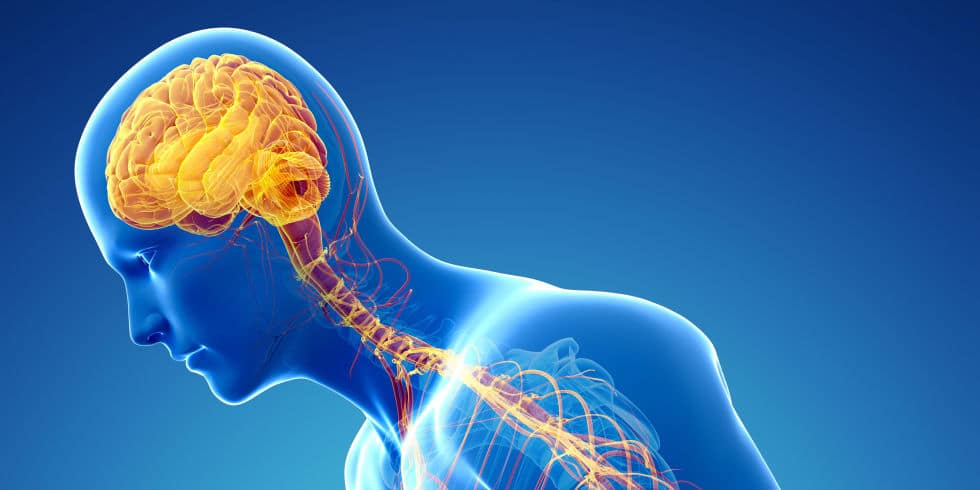
Dr. Joon Faii Ong is an expert on Parkinson’s disease with years of research assisting patients and helping them manage their lives. In this article, he talks about promising new treatments to improve the quality of life for sufferers of Parkinson’s disease.
How is Parkinson’s Disease Currently Treated?
Current treatments for Parkinson’s disease focus on symptom management. For example, deep brain stimulation is a surgical procedure that has been shown to reduce motor issues in sufferers of Parkinson’s disease. However, this procedure can have significant side effects, including memory loss and pain. In addition, patients who undergo deep brain stimulation are also at risk of attack by their immune system (immunogenic complication), and they may also suffer from cognitive decline.
There is currently no cure for Parkinson’s disease; however, research has shown that stem cell therapy could be an effective treatment option.
Stem Cell Therapy for Parkinson’s Disease
The aim of stem cell therapy for Parkinson’s disease is to replace the dopamine-producing cells that have been lost due to the disease. Researchers have identified two types of stem cells that could be effective in treating Parkinson’s disease:
1) Embryonic Stem Cells
2) Induced Pluripotent Stem Cells (iPSC)
Embryonic stem cells are created at the early embryonic stage of development. In contrast, induced pluripotent stem cells are created by taking an adult skin cell and reverting it to its embryonic state.
Both types of cells can be used to treat Parkinson’s disease; however, human embryonic stem cells are associated with ethical issues. Their use is therefore limited until proper regulation has been established.
Induced pluripotent stem cells (iPSC) may be more ethical because they can be derived from a patient’s skin cells. In this case, the risk of immunogenic complication is reduced, and there would also be no need for surgical procedures.
Results from Clinical Trials on iPSC-Derived Neural Stem Cells
The potential benefits of stem cell therapy for Parkinson’s disease have been demonstrated in several clinical trials. One of the most promising outcomes came from a 2013 trial at Lund University in Sweden. Researchers were able to inject neural stem cells into the brains of six patients who had suffered acute brain injuries. These patients represented two different groups:
1) One group of patients had Parkinson’s disease, whereas the other group did not have Parkinson’s disease
2) One group was at the early stages of the disease, whereas the other group had already started to experience symptoms.
Six months after treatment, all six patients experienced an improvement in their motor functions, and none of them showed signs of deteriorating physical health. Instead, the stem cells were found to migrate towards areas of damaged neurons. Scientists believe that this migration was achieved through the secretion of proteins known as chemokines.
A previous study conducted by Lund University in 2019 also demonstrated promising results. Fifteen patients were injected with neural stem cells, and nine patients showed improved movement after six months; three of these nine patients exhibited complete recovery. Researchers are encouraged by these results because patients with Parkinson’s disease have previously not responded well to stem cell therapy.
What are the Implications of This Research?
The research outlined in this article shows that stem cell therapy may be an effective treatment option for sufferers of Parkinson’s disease. However, researchers still face challenges in bringing stem cell therapy from the lab to a clinical setting. One of the main challenges is identifying which type of stem cells would most effectively treat Parkinson’s disease.
Leave a Reply